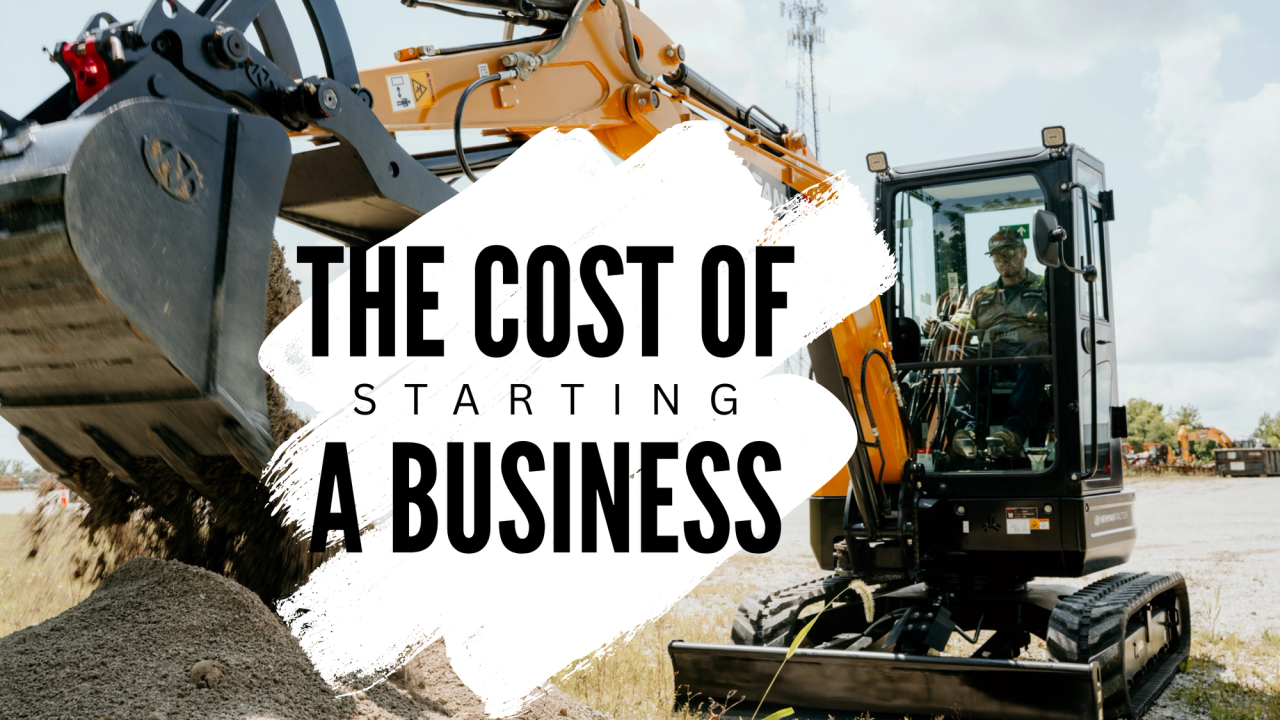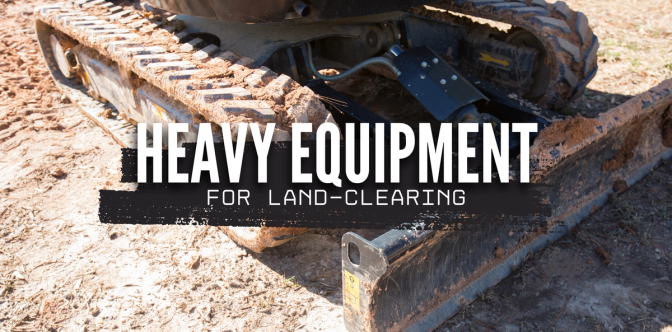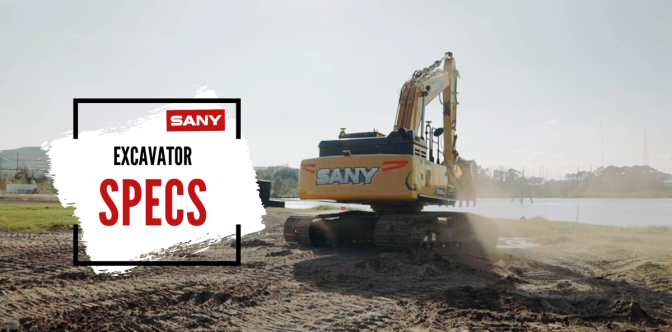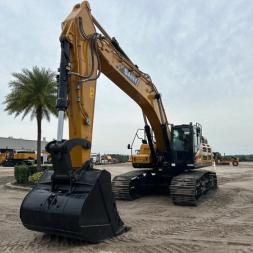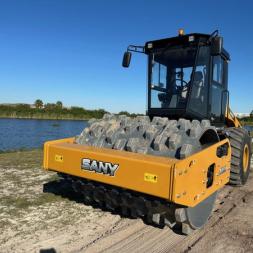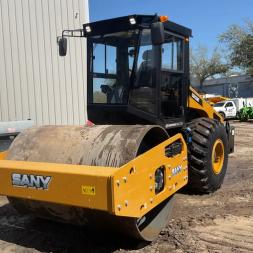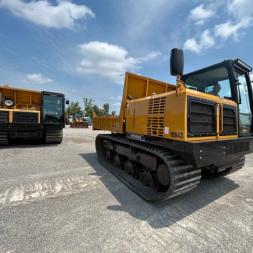Upfront Investment Beyond the Machine
- Attachments and trailers
Every bucket, grapple, mulcher head, or breaker adds cost. You’ll also need a trailer or hauler rated for your machine’s weight, along with tie-downs, ramps, and possibly special permits for oversize loads.
SHOP ATTACHMENTS - Office setup and compliance
A simple site office or home office with phone and internet does the job, so you don’t need to necessarily rent a space.
Licensing, business registration, and required permits (for demolition, tree work, or excavation) carry fees and will vary by region. Don’t forget your initial insurance premiums for liability and equipment coverage. And if this is your first time working for yourself, you’ll also need to consider health insurance and retirement contribution options. - Tools, parts, and safety gear
An initial stock of filters, fluids, belts, hoses, and grease is necessary to avoid downtime. You don’t need a ton, but you’ll want to have some of the basics on hand. You’ll need personal protective equipment for your team: hard hats, safety glasses, gloves, and high-visibility clothing.
Ongoing Operating Expenses
- Fuel and maintenance
Diesel or gas is one of the largest line items. Scheduled oil changes, filter replacements, track adjustments, and wear-part swaps keep your machine healthy. Plan for both routine maintenance and unscheduled repairs. - Yard space and utilities
Renting or owning a yard for equipment parking, fuel storage, and parts inventory carries rent or mortgage payments, fencing, lighting, and electricity for your workshop or office. - Insurance and payroll taxes
In addition to general liability and equipment insurance, workers’ compensation and payroll taxes for any staff or subcontractors factor into your per-hour or per-day job cost.
Marketing, Branding, and Sales
- Online presence
A professional website, search engine optimization, and active social media profiles help you get found by homeowners, construction managers, and landscapers. - Networking and referrals
Dialing local general contractors, attending trade-association meetings, or partnering with rental yards can open doors. A solid referral from a peer often beats any ad campaign. - Proposal and bidding tools
Whether it’s simple bid tickets or more advanced estimating software, you’ll invest in templates, printing, and digital tools to deliver timely, accurate quotes.
Staffing, Training, and Labor Costs
- Hiring
Budget for recruiting, background checks, and onboarding. If you need a second operator or labor hand for larger jobs, plan for wages plus overtime, benefits, and payroll processing fees. The average cost to hire a new employee, including job postings, background checks, and onboarding, ranges from $4,000 to $7,500 per hire. For some roles, especially those requiring specialized skills or certifications, this can reach up to $28,000 when accounting for lost productivity during onboarding. (1) - Training and safety compliance
Operator training programs and certifications need to be budgeted for. For example, OSHA training can cost $60-$160/person depending on what your business needs. (2) Training takes time out of your productivity, so it will cost you in hours. - Seasonal or temporary labor
During peak seasons you may need extra hands. Factoring in agency fees or temporary worker premiums helps keep your projects on schedule.
| Cost Category | Low Estimate | High Estimate | Notes |
|---|---|---|---|
| Recruiting & Onboarding (per hire) | $4,000 | $7,500+ | Includes job ads, background checks, onboarding |
| Initial Training (per employee) | $500 | $2,000 | Safety, equipment, industry basics |
| Hourly Wage (entry-level) | $15 | $25 | Per hour, varies by region and experience |
| Annual Labor Cost (per FTE) | $30,000 | $60,000 | Wages only, add 20-30% for taxes/benefits |
| Payroll Taxes & Benefits | +20-30% of wages | - | Includes FICA, unemployment, basic benefits |
| Payroll Processing (monthly) | $30 | $40 | Plus $4–$6 per employee |
Financing, Cash Flow, and Risk Management
- Loans versus leases versus rental
Loan interest rates, lease payments, and daily or weekly rental fees vary widely. Compare total costs over your expected period of use and consider tax benefits—Section 179 write-offs may make buying more attractive in your first year. - Tariff and parts-price volatility
Recent tariff changes can affect the cost of imported machines or components. Build a buffer into your parts and repair budget to avoid surprises. - Emergency reserves
A machine-down day means no revenue. Setting aside a percentage of each payday into an emergency fund softens the blow against expensive repairs or the need to rent a backup unit at peak rates.
Crafting a Solid Business Plan
- Define your niche
Are you offering landscaping cleanup, light demolition, land clearing for new construction, or a mix? Each specialty has different equipment, attachments, and marketing needs. - Set pricing that covers all costs
Calculate an all-in hourly or per-day rate that includes fuel, maintenance, labor, overhead, insurance, and profit. Compare this rate to local market benchmarks to stay competitive. - Establish growth milestones
Plan when you’ll add new attachments, hire a second operator, expand into adjacent services, or purchase a larger machine. Tie these milestones to revenue targets and cash reserves.
